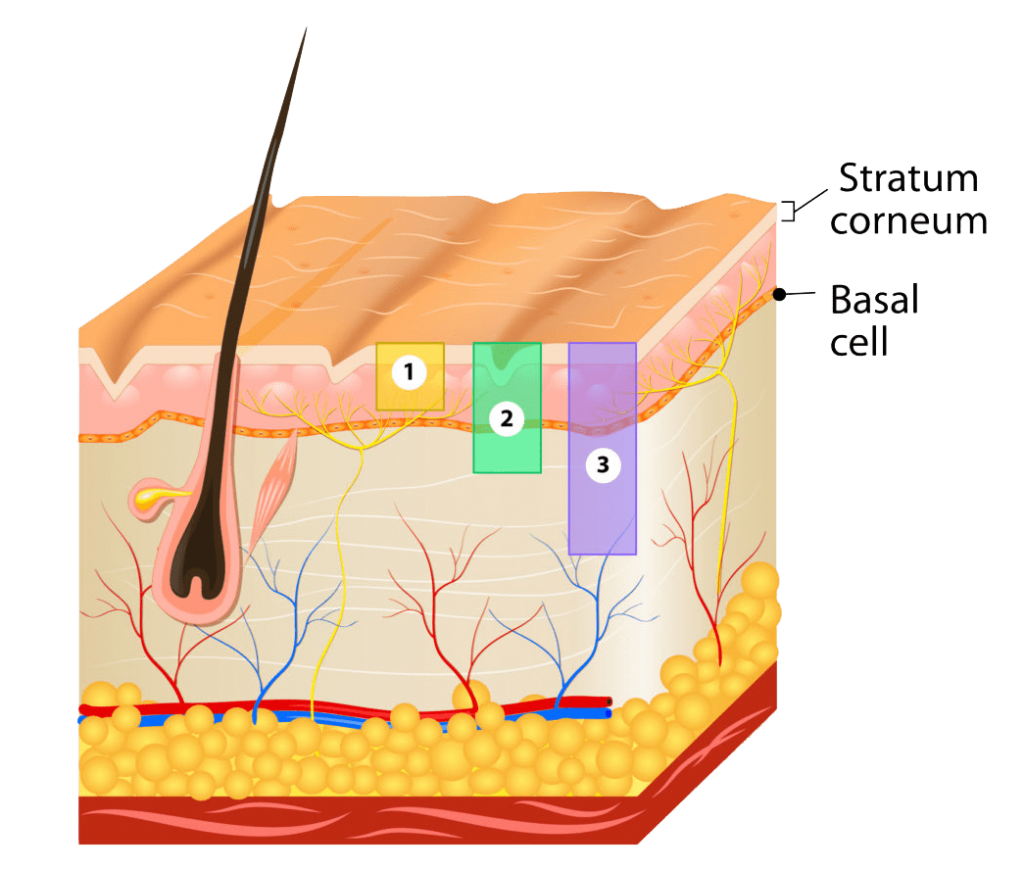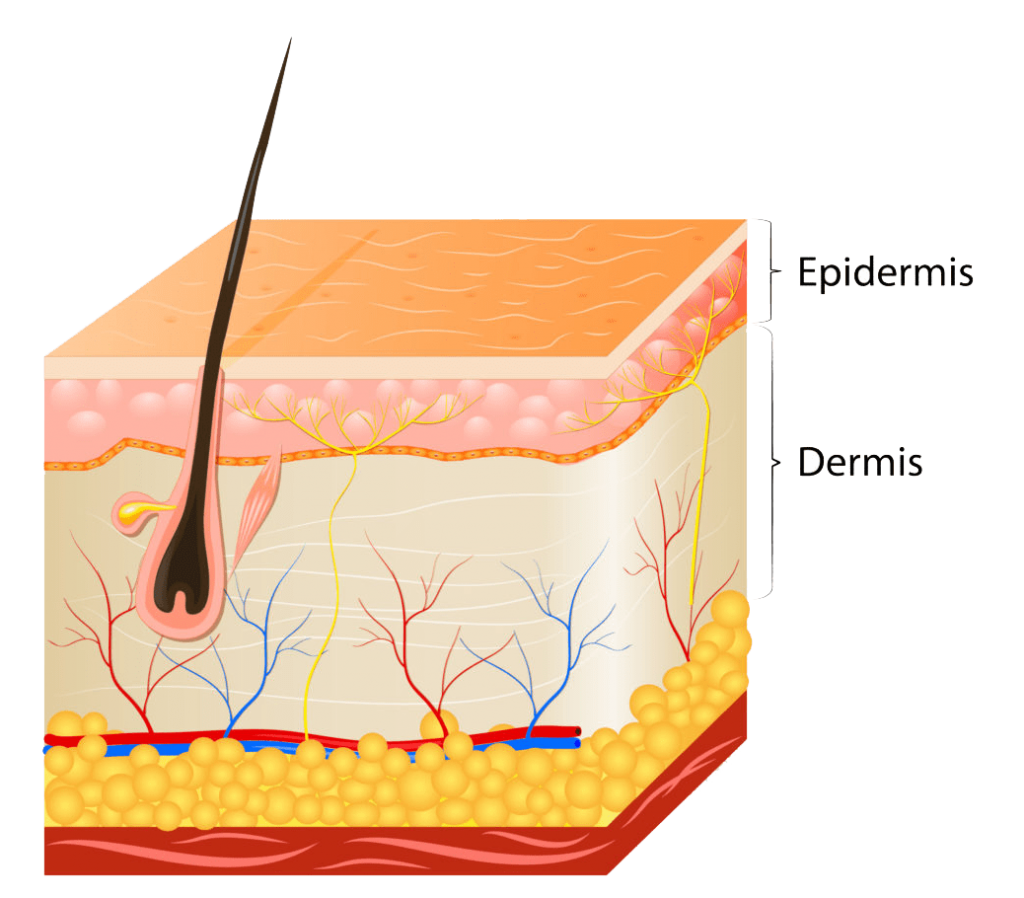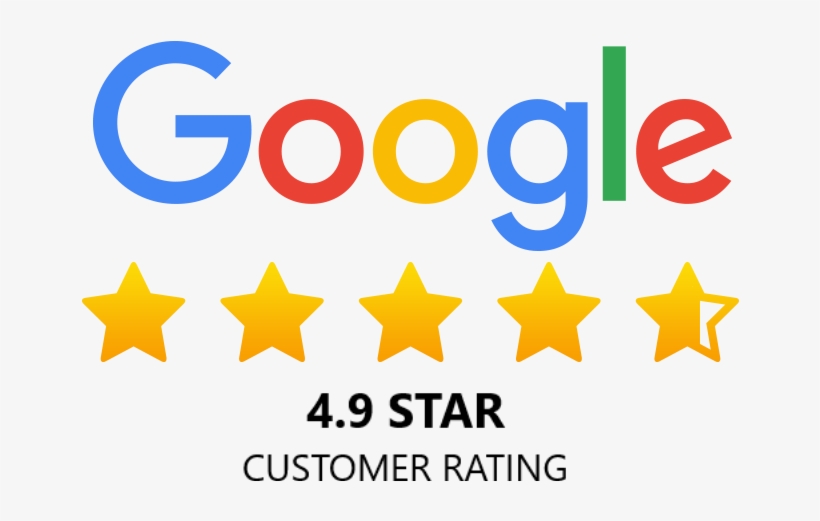Photo Facial Treatment

Book An Appointment
Meet Our Team of Experts.
Dr. Karun Aggarwal is amongst one of the best Hair doctor in Jodhpur and this is claimed not only by us but also by many of his former and current patients. He is cited as one of the best for Hair Transplant in Jodhpur and can provide many types of Hair Loss Treatment in Jodhpur itself. He has completed his post graduation in facial plastic and maxillofacial surgery in 2011. He did his fellowship in Aesthetic Medicine and Laser from Germany and is a very trusted Facial Plastic Surgeon and Hair doctor in Jodhpur. Dr. Aggarwal is also a very experienced doctor for all types of hair problems and is a certified trichology expert who has performed many hair transplant surgeries successfully. He is one of the few doctors whose experience is coupled with genuine concern for his patients.
MAKE AN APPOINTMENT
Meet Our Team of Experts.
Dr. Karun Aggarwal is amongst one of the best Hair doctor in Jodhpur and this is claimed not only by us but also by many of his former and current patients. He is cited as one of the best for Hair Transplant in Jodhpur and can provide many types of Hair Loss Treatment in Jodhpur itself. He has completed his post graduation in facial plastic and maxillofacial surgery in 2011. He did his fellowship in Aesthetic Medicine and Laser from Germany and is a very trusted Facial Plastic Surgeon and Hair doctor in Jodhpur. Dr. Aggarwal is also a very experienced doctor for all types of hair problems and is a certified trichology expert who has performed many hair transplant surgeries successfully. He is one of the few doctors whose experience is coupled with genuine concern for his patients.
Photo Facial Treatment
For one Photofacials done by IPL are significantly different from the ones undertaken with mere LED’s. LED’s rely on colour therapy whereas Photofacials done by IPL rely on filtering various wavelengths to react to different skin conditions.
As the name suggests, Photofacial or “Fotofacial” is the skin treatment of facial skin blemishes using the properties of light. Among the several uses of this procedure, the most common and popular are stimulation of facial collagen or in the treatment of acne and similar serious conditions with which one can superficially battle ageing and lighten the blemishes.
The use of light technology involves two entirely differing methods called LED (Light Emitting Diode) and IPL (Intense Pulsed Light). To learn about the outcome you desire, it is imperative that you gain greater insight into the differing technology and what it entails.

Intense Pulsed Light
It is technically not a laser but a powerful light source that can penetrate the skin with minimal damage and keeps the epidermis free from any signs of treatment.
Photofacials for Skin Rejuvenation
IPL penetrates the skins surface to remodel collagen. It is helpful in reducing the appearance of age spots, fine lines and wrinkles, shrinking enlarged pores and improving the overall complexion and skin


Photofacials for Acne
IPL photofacialsheat and destroy the acne causing bacteria with specific wavelengthsresulting in smoother skin with reduces pore size. It is an effective treatment for facial acne.



How does it work?
Laser Skin Resurfacing relies on the principle of collagen remodeling. It involves making tiny punctures in the skin using the laser. This leads to new cell regeneration and smoother, tighter and more vibrant skin.
The procedure has the laser targeting the outer layer of skin while also heating the layers of skin below. This is done to promote collagen production. Collagen fibres help in producing smoother and firmer skin.
Regardless of the facial photo treatment chosen, the role of a beautician or aesthetician becomes important to design a customized skin-care regimen to prolong the life of the outcome and arrest the underlying condition.
LED Photofacial: The procedure in this form of technology focuses more on aesthetics achieved by the use of a narrow spectrum light. Being very mild, painless, cool and relaxing, it is used to boost collagen or to destroy acne-causing bacteria. Since this therapy involves only the outer layer of the skin’s epidermis, only minor problems can be rectified. The procedure is conducted through a handheld device and does not take much time. However, it is done in day spas, and the best results are obtained only after a series of sessions. Once over, regular monthly follow-ups and strict skin-care regimen under the supervision of a professional beautician is necessary to reap the benefits of rejuvenation and tightening of the facial tissue.
IPL Photofacial: This treatment is administered when the deeper layer of skin is involved in conditions like age spots, broken capillaries, and spider veins. This procedure is mostly conducted in medical spas and is popular primarily for the treatment that is considered to reverse the process of aging by erasing wrinkles. The procedure is not as mild as the LED but affords better results. The use of intense pulse lights generates heat, making it uncomfortable, but worth the trouble. The number of sessions recommended depends on the underlying condition and the outcome desired.
For undergoing the treatment, you need to prepare by avoiding the sun for 24 hours and not use any make-up or abrasive cleansers during this period. Only then, will you benefit truly from the rejuvenation procedure? Even after the session, you may have to avoid the outdoors to recover from the skin discoloration of the pain suffered.
Benefits of Photofacials:
Skin treatment through photofacials provides a host of benefits, making it a popular anti-ageing procedure.
- Whether LED or IPL, they are both non-invasive.
- It stimulates the collagen.
- The red light LED promotes cellular activity.
- Stimulation of fibroblasts helps to produce collagen that freshens the appearance of skin to look younger.
- Collagen boost has a positive effect on the fine lines and removes wrinkles.
- It is much natural, softer and cheaper than undergoing plastic surgery for similar outcomes.
- The blue light from the LED is used to destroy Propionibacterium acnes, the causal bacteria of acne that thrive just below the surface of the skin.
Photofacial Protocol:
For LED treatment, the protocol recommended consists of at least six sessions per week for two and followed up by a maintenance routine every month. The time taken for the procedure depends on the type of device used and can consume anything between five and thirty minutes.
LED versus IPL:
The mildness of LED light makes the experience soothing, and even the eyes need not be covered. In the case of IPL, the strong blast of high energy light can be painful. While the LED procedure is ideal for the treatment of acne and collagen stimulation, the IPL is suited to treat serious conditions with deep skin involvement. However, the best results are obtained when it is used in conjunction with the watchful eyes of the aesthetician.
Bottom Line:
The efficacy of photo facial treatment in reducing a host of dermatological problems on the face and other visible areas of the body makes it a popular and cost-effective option. The therapy being instantaneous, there is no downtime. With every sitting, the outcome becomes more pronounced.
Frequently Asked Questions
Any area, except directly around the eyes. The most common areas are the face, upper lip, neck, arms, hands, shoulders, chest, legs, back, and more can all be safely treated.
Specialized handpieces that filter the light spectrum, enabling it to attract to blemishes. Each spectrum wavelength band is ideal for different treatments, such as sunspot removal (red and brown spots), hair reduction, acne treatment, and age spot removal. While the handpiece pulse, light’s energy converts into heat energy in the dermis (deep layer of skin), leaving epidermis (outer layer of skin) unharmed. Our Pulsed-light systems are able to deliver more comfortable and variable-sized light beams than most other lasers systems for delicate tiny spots or our wider coverage units for faster, larger treatment areas.
We offer BOTH Pulsed light and Diode laser systems.
Photofacial Questions and Answers | IPL Treats Acne
Acne is the most common skin condition that affects mostly teenagers and also approximately 80% of adults in their 20s through their 40s. The goal of our Photofacial treatment is to reduce the level of bacteria inside the lesion, which provides the skin with a healthy environment for healing, allowing new, fresh, acne-free skin to develop.
Your treatment technician will pulse the handpiece over your skin. Each pulse sends a flashing light beam on the skin, you’ll feel a mild sensation on the skin and hear an audible tone that will tell you when the pulse is coming.
Most people notice benefits seen gradually in a few weeks following treatment; which provides long-lasting results, that start showing a week after the 1st or 2nd treatment.
Photofacials can have life-long results if the skins post-care is maintained (and the sun is avoided). We recommend investing in your skin with our SkinMedica skincare product line and doing a maintenance session once a year.
IPLs don’t damage the skin’s surface unlike deep CO2 laser resurfacing and dermabrasion, so there is ultimately no downtime. Patients can come in for a treatment and return to work or school on the same day. The sessions take approximately 30 minutes. There are so many benefits listed on the previous page.
IPL Treats Rosacea
Approximately 16 million Americans suffer from Rosacea, so you are not alone. However, only a small percentage seek treatment. Treatment options are available, although not 100% curable, will improve your quality of life tremendously and will improve your confidence. Rosacea usually affects ⅓ of a person’s face, particularly around the nose. Aside from redness, flushing, pimples, and swelling, Rosacea can also cause eye problems, such as red inflamed red eyelids, keratitis, and conjunctivitis. This chronic skin condition may have its ups and downs, but we can help you control it!
This differs between patients, the average is 2. It can depend on the area of receiving treatment. However, most people need 2 to 4 treatments in a 4-6 week interval.
The best candidate for photofacials are those who are a lighter skin type and have hyperpigmentation, enlarged pores, acne or acne scars, sun damage (brown spots), or Rosacea, red spots, a flushed face or many others listed on the previous page.
Photofacials are extremely safe and are FDA approved. All of our staff are Nationally Certified, very experienced, have passed exams and criteria to perform these treatments.
Rosacea Facts
- Rosacea is a very common incurable acne skin problem
- If left untreated, symptoms will get worse with time
- Symptoms may flare up for weeks to months and may subside for prolonged periods of time
- before flaring up again
- Often mistaken for acne, allergies or other skin conditions
- Rosacea is not contagious
- Most people who have Rosacea are caucasian
- President Bill Clinton suffers from Rosacea.
- What kind of results should I expect?
After even one photofacial session, your skin may have a brighter tone and become much smoother. Other improvements include: shrunken pore size, fading sun and age spots, reduced fine lines and wrinkles, and patients with Rosacea will notice a decreased redness after every treatment.
There are minimal side effects or downtime after a photofacials. However, your skin may have some slight redness or look a bit flushed; but this only lasts a few hours. After the flushed skin and capillaries are gone, your skin will look much younger and rejuvenated. Applying a cold compress helps, you can even apply your makeup and return to normal routines right away.
You may experience lingering tightness, warmth, redness in the treated area, which fades within a few hours of treatment. Because so much of the healthy skin is unaffected by the light pulses, there is a quick healing process. Usually, you can undergo treatment and return back to work or to different activities without any recovery time. A series of treatments in 4-8 week periods may be needed to produce the wanted result of tighter skin in the face, smoother arms, abdomen, and other areas.
Your treatment provider will be able to give you more information about treatments and expected results. A combination of many numbers of skin conditions can be treated, including sun spots, age spots, rosacea, birthmarks, freckles, spider veins, active acne, acne scars, and other facial blemishes.



